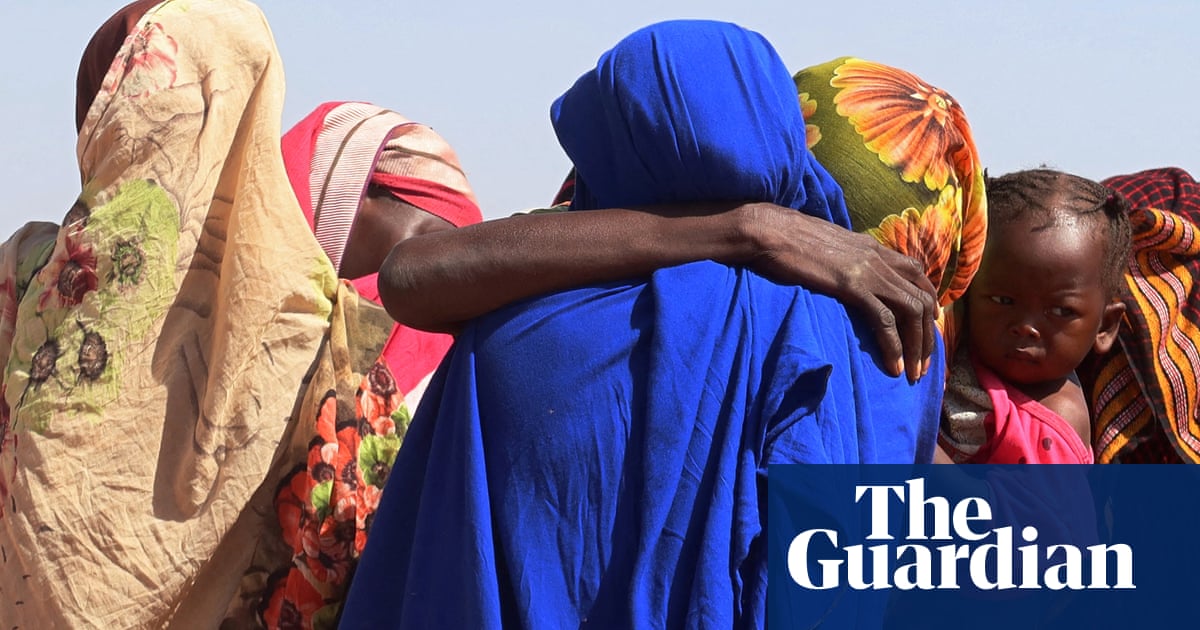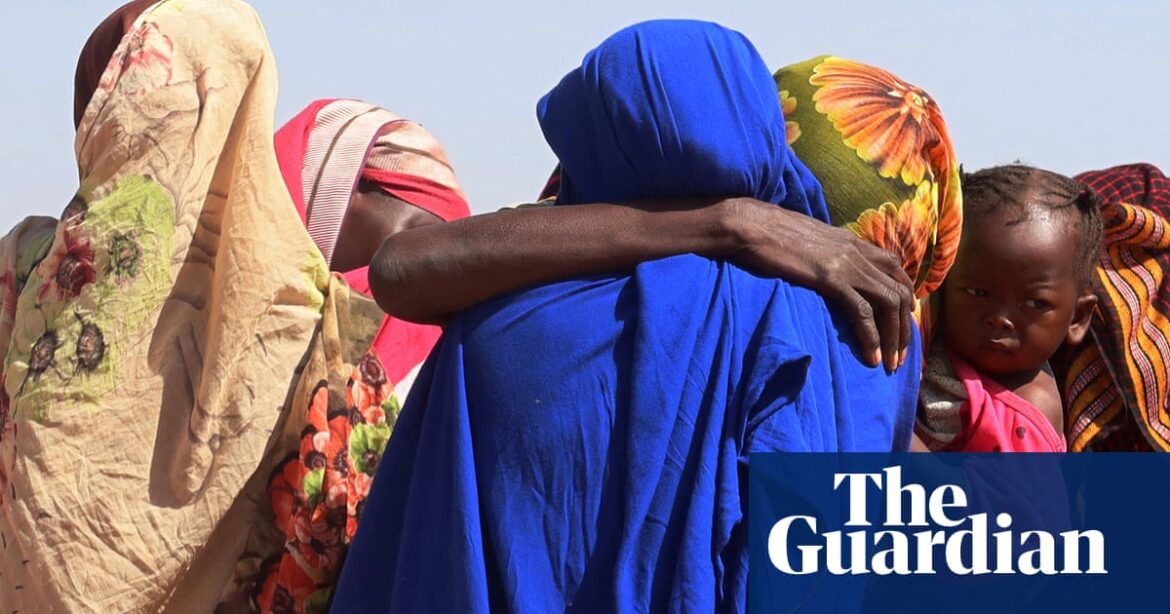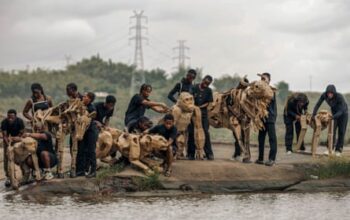
Women’s rights campaigners have spoken of their concern over the spread of female genital mutilation among Sudanese refugees in camps across the border in Chad.
Both countries have outlawed the practice but it continues in secret. The UN children’s agency, Unicef, says that about 87% of Sudanese women aged 14-49 have been cut – one of the highest rates in the world. In Chad, the figure is 34.1%, though rates are higher in the south and east, which is where the camps for Sudanese people have been set up.
On a recent visit to the main refugee camp in Adré, which lies very close to the Sudanese border, the Guardian met three girls aged nine, seven and three who were being prepared by their family to be cut. The family was putting henna tattoos on the girls’ feet and fingers – a traditional way of “celebrating” the FGM procedure.
A social worker at the camp said the cutting itself was taking place in secret because it contravened Chadian laws. She added that as well as children, married women were being subjected to another form of FGM after giving birth. The procedure, known as adal, which means “fixing it”, is common in Sudan.
FGM, otherwise known as female genital cutting (FGC), is a procedure in which female genitals are cut, injured or changed in some way. There is no medical basis to the practice, which can seriously harm the health of women and girls, on top of being very painful. It is often carried out with inadequate equipment, in inappropriate places, by people with no medical qualifications.
Chad has hosted refugees fleeing conflict in Darfur and elsewhere in Sudan for decades, but the number of arrivals has increased dramatically since war broke out in April 2023 between the Sudanese army and the paramilitary Rapid Support Forces.
Before FGM was made illegal in Sudan in 2020, Sudanese refugees in Chad would return to their home country to cut their daughters then head back across the border to the camps, a staff member of UNHCR, the UN refugee agency, said.
Houida Ibrahim, the head of Mercy Shadows, an NGO working among the refugees in Chad, said women and girls usually paid the highest price when there were outbreaks of violence. “Whole communities become more violent [during wars] and little girls are often the first victims,” she said.
Ibrahim, who used to work at a number of women’s rights organisations in the Sudanese capital, Khartoum, said there had been a number of cutting instances in the camp block where she was working.
Another international aid worker who wished to remain anonymous said curbing FGM in Chad was very difficult because many communities held deep-rooted beliefs that it was an essential part of a girl’s life. “It’s legally banned but people still do it secretly,” the aid worker said. “We see many cases of FGM in women when they arrive at hospitals for unrelated health issues. We also learn about it when a cutting goes wrong and girls are transferred to clinics with health complications such as bleeding.”
after newsletter promotion
The aid worker situated FGM in the context of the wider violence that Sudanese people have been subjected to in recent years. “The level of violence against Sudanese women and girls in general is very high,” they said.
“For example, you see mothers slapping their daughters when they cry during vaccination injections. But they accept their sons crying. I’m shocked by that. They are tough on girls.
“I believe on one level that when mothers support cutting their children it is in part a transferring of the trauma and violence that they went through in Sudan.”
Source: theguardian.com



